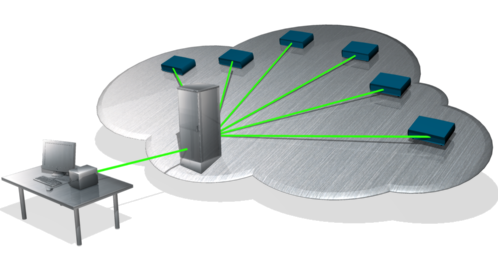Provisioning is an essential process in today’s global network. It refers to the easy installation and configuration of devices such as switches, routers, etc. and their ports to ensure their smooth and trouble-free operation.
Efficient provisioning is important since, apart from saving time and resources, it also increases the safety and security, and it ensures a seamless integration into the IT infrastructure. Below are just some of provisioning’s important aspects:


